15 Unspoken Rules Of The Roller Rink That Defined Life In The ’80s
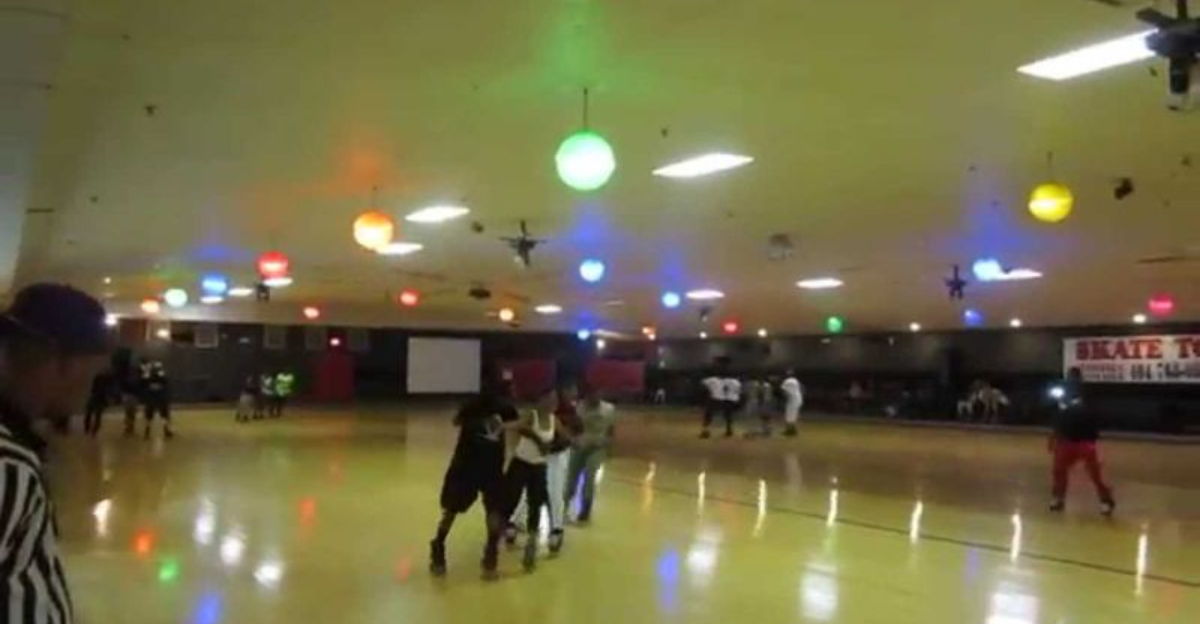
Back in the totally tubular ’80s, roller rinks were more than just spots to lace up and roll—they were the epicenters of teenage life, pulsing with music, hormones, and a whole lot of Aqua Net.
I spent what felt like entire eras circling those polished wooden floors, my rental skates thumping along to the beats of Madonna, Prince, and the King of Pop himself. But it wasn’t just about the skating—it was about the scene. Under those swirling disco balls and electric neon lights, there existed a mysterious, universally understood social code.
No one taught it to you, but break it, and you’d learn the hard way. From which direction to skate, to who held hands during the slow songs, every detail mattered. These unspoken rules created a kind of sacred Friday night ritual—a roller-disco religion.
Looking back, they didn’t just shape our rink time—they defined a glittery, unforgettable era.
1. Counter-Clockwise Flow Was Non-Negotiable
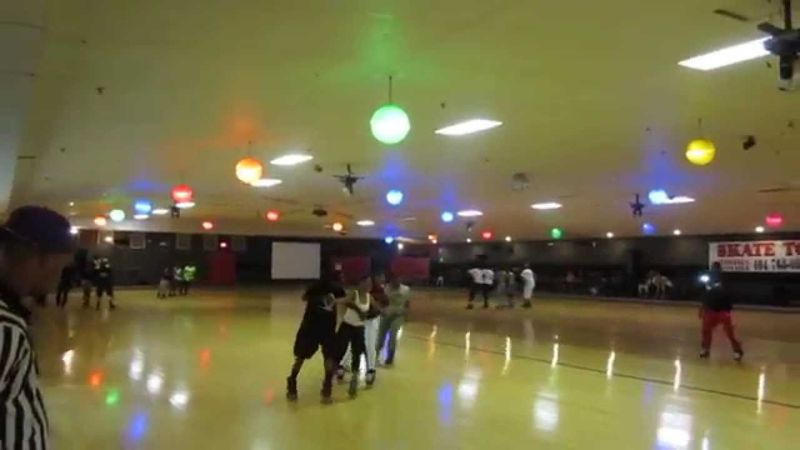
Nothing marked you as a rookie faster than skating in the wrong direction! My first time at Starlight Skate Palace, I naively rolled against traffic and nearly caused a ten-skater pileup. The collective glares burned hotter than my embarrassed cheeks.
The counter-clockwise rule was sacred – like gravity or the superiority of Pac-Man over Space Invaders. Skating rinks maintained this directional flow to prevent collisions and create order amid the chaos of hundreds of rolling teenagers. Seasoned skaters glided effortlessly in this circular pattern, while newcomers quickly learned to fall in line or face social exile.
Rink managers rarely needed to enforce this rule because peer pressure did the job perfectly. The moment someone broke the counter-clockwise commandment, a chorus of groans and pointed fingers would correct the offender faster than any official could intervene. This circular dance was our first lesson in community standards.
2. The Wall Was For Beginners Only
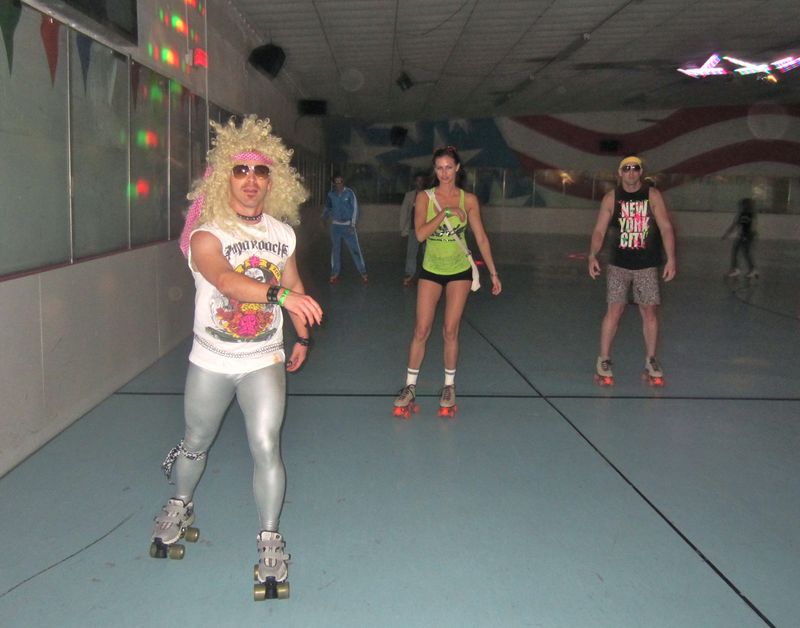
Clinging to the carpeted wall was the universal signal of skating inexperience. I remember watching my crush Amanda finally release her death grip on the wall’s railing – it was a coming-of-age moment worthy of a John Hughes film.
The perimeter of the rink served as training wheels for the wobbly-kneed newcomers. Experienced skaters understood that the wall zone was sacred territory for beginners, and respecting this boundary showed your roller rink maturity. Zooming past wall-clingers at high speed was considered the height of bad form.
Graduation from the wall happened in stages – first holding with both hands, then one hand, then just occasional touches for balance. The day you joined the free-flowing middle section marked your official entry into roller society. Some rinks even had unofficial mentors who’d offer tips to help wallflowers bloom into confident skaters ready to tackle the intimidating center floor.
3. Couples Skate Was Sacred Territory
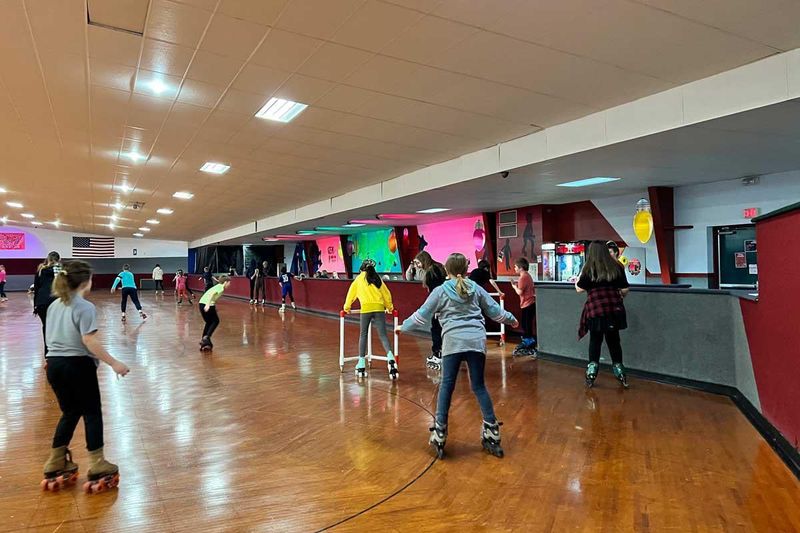
When the DJ’s voice crackled through those tinny speakers announcing “Couples Skate,” my heart would race faster than my wheels ever could. This wasn’t just skating – this was public declaration of your relationship status!
The ritual was always the same: lights dimmed, mirror ball sparkled, and a slow jam like “Open Arms” by Journey transformed the rink into romantic territory. Singles reluctantly exited while couples joined hands, creating a slow-moving parade of adolescent romance. Being asked to couples skate ranked just below prom invitations on the ’80s teenage significance scale.
Rejecting someone during couples skate could create social ripples felt for weeks. Meanwhile, the truly skilled couples performed elaborate routines, skating backward while holding hands or attempting daring spins. For the particularly brave, a couples skate might end with a kiss near the snack bar – cementing your status as an official roller rink power couple.
4. The Snack Bar Had Its Own Hierarchy
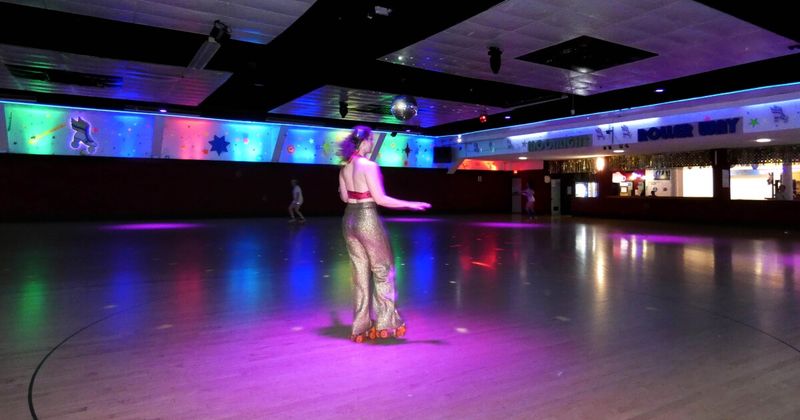
Roller rink cuisine wasn’t about nutrition – it was about status and sugar. I’d save my allowance for weeks just to afford the coveted combo of nachos with extra cheese and a cherry slushie, the gastronomic equivalent of wearing designer jeans.
The snack bar served as the rink’s social hub, where skaters temporarily abandoned their wheels to refuel and flirt. What you ordered spoke volumes about your place in the pecking order. Budget-conscious kids nursed fountain sodas, middle-tier skaters opted for hot dogs or pretzels, while the elite flaunted personal pizzas and loaded nachos.
Timing your snack bar visit required strategy – too early and you’d miss prime skating songs, too late and you’d face long lines during breaks. The tables surrounding the snack area weren’t just for eating; they were prime real estate for gossip exchanges and crush reconnaissance. Many roller romances began with the innocent offer of sharing cheese-drenched nachos.
5. Speed Demons Stayed In The Center Lane
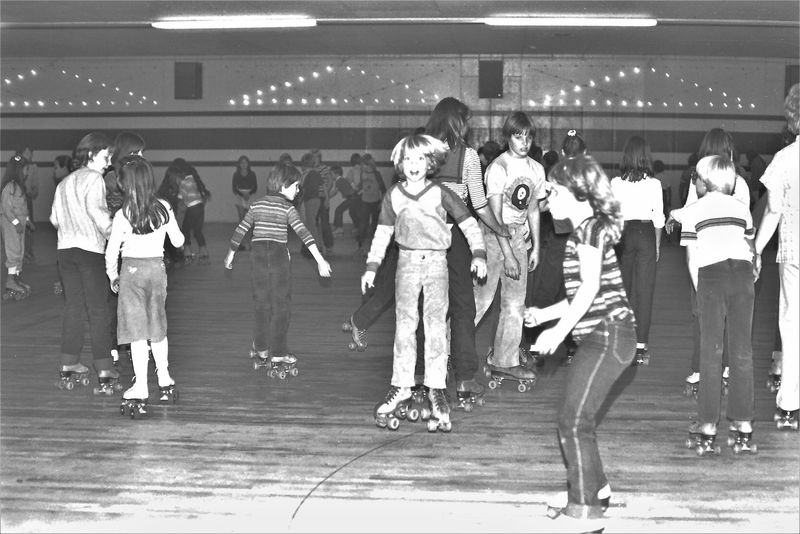
My first attempt at center-lane speed skating ended with a spectacular wipeout that sent my glasses flying across the rink. The unwritten rule was clear – the center belonged to the fastest, most skilled skaters only.
The rink operated like a highway system, with the outer edge reserved for beginners and the middle lane for average skaters. The coveted center strip was the autobahn where speed demons could showcase their velocity without endangering the general population. Breaking these invisible boundaries by racing along the outer edge could earn you a whistle blow from staff or worse – the collective scorn of your peers.
Center lane skaters developed recognizable techniques – lower stances, longer strides, and arms swinging purposefully. They formed an elite club of sorts, acknowledging each other with subtle nods as they passed. For many of us, watching these skating virtuosos zoom past was both intimidating and aspirational. Their seemingly effortless speed represented everything cool about roller rink culture.
6. The Perfect Skating Outfit Was Everything
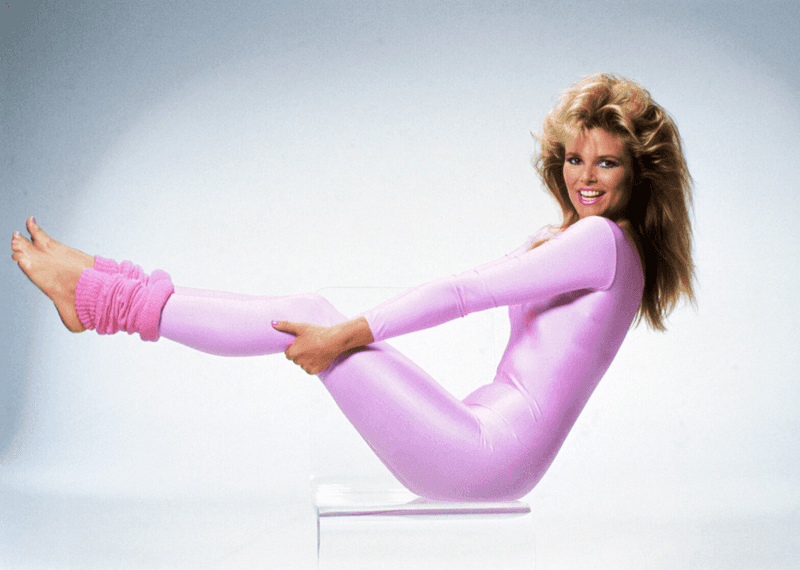
Fashion faux pas were magnified tenfold on wheels. The first time I wore my acid-washed jeans to Rollerworld, I realized my critical error – the tight ankles wouldn’t fit over my rental skates, forcing me to awkwardly bunch them up like a fashion-challenged accordion.
Serious skaters developed signature looks that balanced style with functionality. Girls often rocked leg warmers, mini skirts over leggings, or the coveted Gloria Vanderbilt jeans. Boys navigated the trickier territory of looking cool while avoiding anything that might restrict movement – parachute pants became the gold standard for their roomy ankles and undeniable ’80s cred.
Accessories mattered too – sweatbands weren’t just for sweat, and fingerless gloves offered both style points and protection during inevitable falls. Some rinks even had unofficial fashion influencers whose outfits would be copied by the following weekend. The truly dedicated coordinated their laces and pom-poms to match their outfits, creating a rolling fashion statement.
7. The Hokey Pokey Was Mandatory Participation
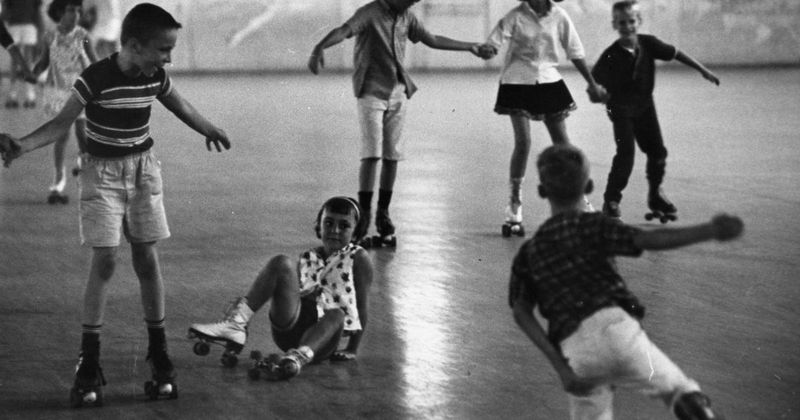
Nothing separated the cool from the tragically uncool faster than the Hokey Pokey. When those opening notes played, you had exactly three seconds to decide: participate with fake enthusiasm, stand awkwardly against the wall, or flee to the bathroom.
I chose option one, figuring enthusiastic participation was less embarrassing than obvious avoidance. The rink staff would clear the floor of regular skaters, and suddenly everyone was forming a massive circle, putting various body parts in and out and shaking them all about. It was ridiculous, childish, and somehow completely unavoidable.
The true roller rink veterans knew how to navigate this social minefield – participating just enough to avoid looking aloof while maintaining a carefully crafted expression of ironic detachment. Parents and younger kids went all-in, while teenagers found their own middle ground. By unspoken agreement, whatever happened during the Hokey Pokey stayed at the Hokey Pokey – a roller rink version of Fight Club that maintained everyone’s dignity once the regular skating resumed.
8. Requesting Songs Was A Strategic Art Form
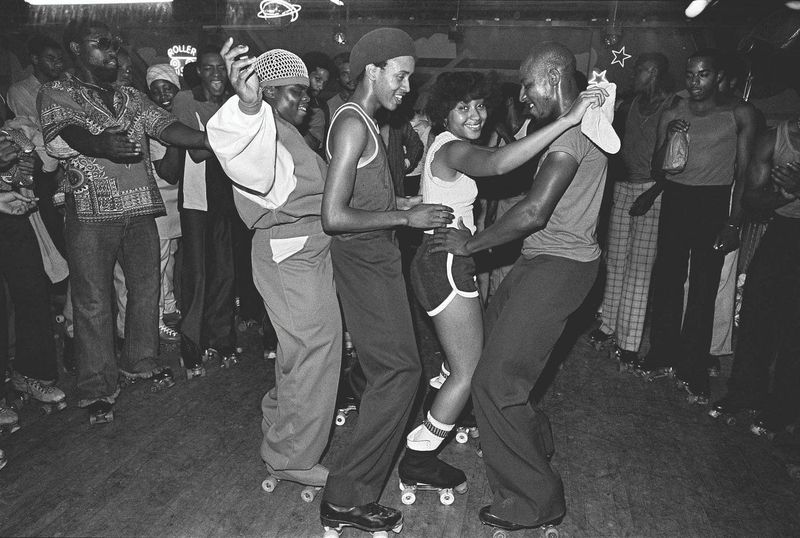
Approaching the DJ booth required the courage of a gladiator entering the Colosseum. My palms would sweat profusely as I contemplated requesting “Billie Jean,” wondering if my musical taste would face public ridicule or elevate my social standing.
The DJ reigned supreme over the rink’s atmosphere, and requesting songs was a delicate negotiation. Request something too obscure, you risked rejection; ask for an overplayed track, you’d face collective groans. Timing mattered too – request too early in the session and your song might play when the rink was empty; too late and it might never make the cut.
Veteran skaters knew to befriend the DJ over several visits, gradually building rapport before making requests. Some brought homemade mixtapes, hoping to introduce their carefully curated selections to the rotation. When your requested song finally played, you’d experience the unique thrill of momentarily influencing the rink’s soundtrack – a fleeting power that made you skating royalty, at least until the next track began.
9. Backward Skating Announced Your Expert Status
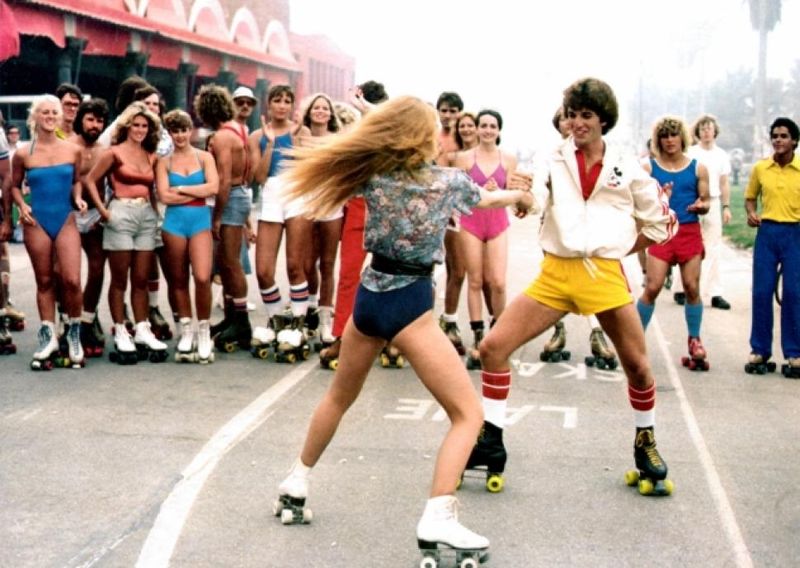
My first backward skating attempt ended with me sprawled dramatically across the rink floor, my dignity in tatters and my elbow throbbing. Skating backward wasn’t just a skill – it was the ultimate status symbol in the roller rink hierarchy.
Forward skating was for amateurs. The truly accomplished demonstrated their mastery by gliding backward with apparent effortlessness, navigating the crowded rink without even looking over their shoulders. These backward virtuosos earned respectful space from other skaters and admiring glances from wallflowers still clinging to the sidelines.
Learning this coveted skill typically happened in stages – first practicing in empty corners, then attempting short backward stretches during less crowded sessions. Friends would form protective circles around novices attempting their backward debuts. The moment you could transition smoothly from forward to backward skating became a rite of passage, separating the casual weekend skaters from the dedicated rink rats who practically lived on eight wheels.
10. The Four-Corner Game Required Strategic Genius
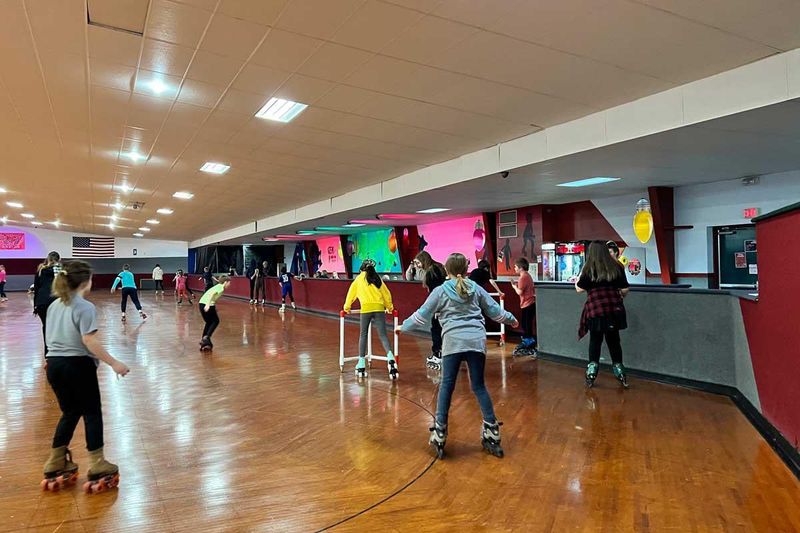
Four-Corner was roller rink Hunger Games – thrilling, ruthless, and revealing of everyone’s true character. I’d strategize for days about which corner to choose, analyzing past patterns like a tiny, feathered-hair statistician.
When the music stopped, skaters rushed to one of four corners. The DJ would dramatically announce which corner was eliminated, sending its occupants back to the sidelines while survivors continued to the next round. Choosing the right corner involved a complex calculus of luck, crowd psychology, and the DJ’s patterns – some believed certain corners were favored, leading to overcrowding or strategic avoidance.
Friend groups often split up to increase their collective chances, while couples faced the romantic dilemma of sticking together or playing to win. The final rounds became increasingly tense, with winners earning temporary celebrity status and sometimes small prizes. Four-Corner masters developed signature moves – casual last-second corner switches or convincing fake-outs that sent other skaters rushing elsewhere.
11. Skate Rentals Required Sock Strategy
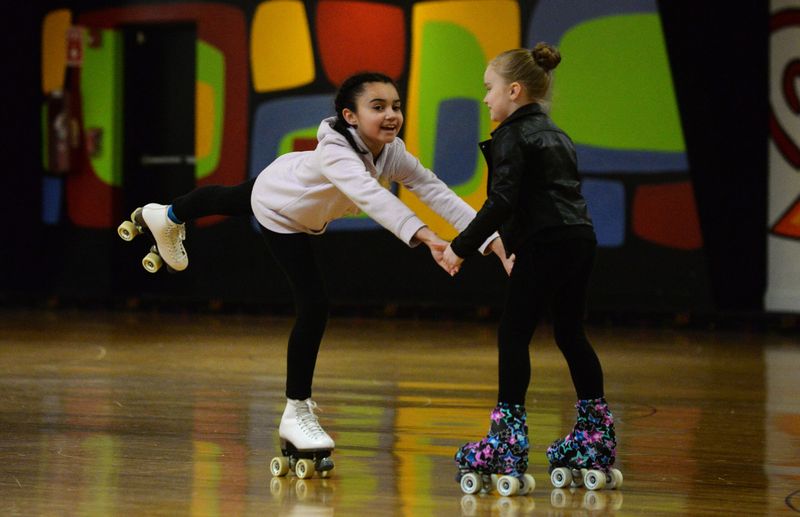
Nothing announced “rookie status” louder than showing up without proper sock preparation. My first time at Wheelies Rink, I wore ankle socks and spent the evening nursing quarter-sized blisters that looked like pepperoni slices on my heels.
Experienced skaters knew that knee-high tube socks weren’t just a fashion statement – they were essential armor against the merciless rental skates. These brown leather instruments of torture had been worn by thousands of feet and possessed an uncanny ability to find your most vulnerable pressure points. The ideal sock strategy involved thick, high socks – preferably two pairs for maximum protection.
Rental counter etiquette had its own rules too. You never complained about skate quality, but quietly accepted whatever pair was thrust toward you. Smart regulars learned which skate numbers were newer or better maintained, arriving early to request specific pairs. Those who owned personal skates flaunted them like designer accessories, occasionally allowing friends to touch them reverently.
12. The Moonwalk Was The Ultimate Skating Flex
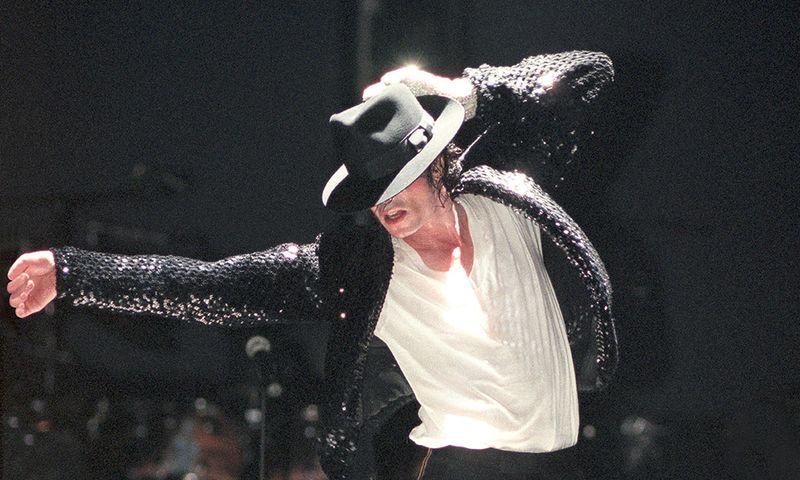
After Michael Jackson debuted the moonwalk in 1983, our local rink became a laboratory of failed attempts and twisted ankles. I practiced for weeks in my garage before daring to attempt it publicly, only to execute a move that looked less like moonwalking and more like I was being slowly electrocuted.
The roller moonwalk separated the merely good skaters from the legends. It required perfect balance, precise weight shifts, and the confidence to attempt it while dozens of eyes tracked your every move. Success meant instant roller rink fame; failure meant joining the ranks of countless other pretenders.
Some rinks even held moonwalk contests, creating intense competition among local skate prodigies. The masters developed their own variations – adding spins, hand movements, or transitioning seamlessly between moonwalking and regular skating. Even more impressive were those who could moonwalk to songs other than “Billie Jean,” proving their mastery transcended the obvious musical choice.
13. Limbo Competitions Revealed Your True Flexibility
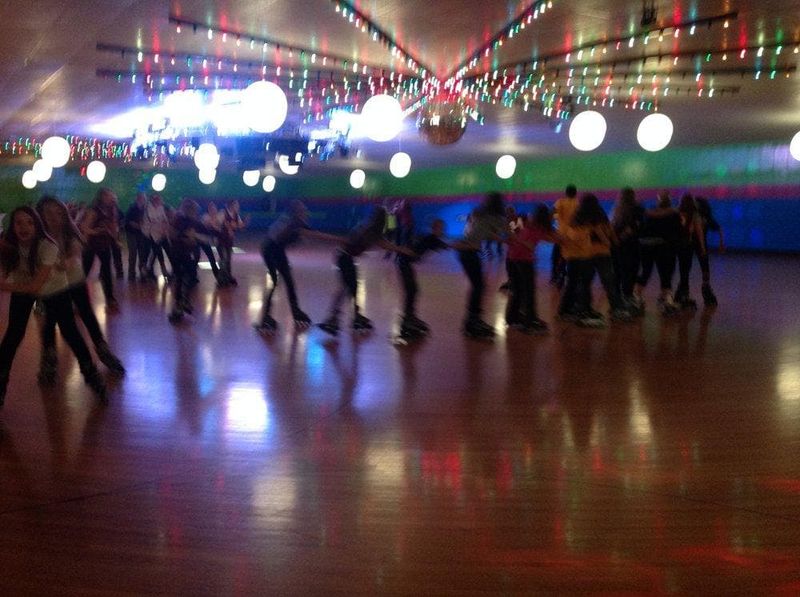
The dreaded limbo announcement would send a ripple of both excitement and terror through the rink. As a lanky, uncoordinated thirteen-year-old, I approached the descending limbo stick with the enthusiasm of someone heading to dental surgery.
Staff would clear the floor and set up the limbo apparatus – usually a pool noodle or broomstick held by two employees. Skaters lined up by height (tall kids always went first while the bar was still mercifully high), then attempted to roll under without touching the bar or falling. Each successful pass meant the bar dropped lower for the next round.
What made roller limbo particularly diabolical was the requirement to maintain forward motion on skates while bending backward – a physics problem that defied natural body mechanics. Short, flexible kids dominated this event, while the rest of us found creative ways to bow out early without losing face. The final rounds drew crowds of spectators as the remaining contortionists achieved seemingly impossible angles while balanced on eight wheels.
14. All-Skate Songs Created Momentary Chaos
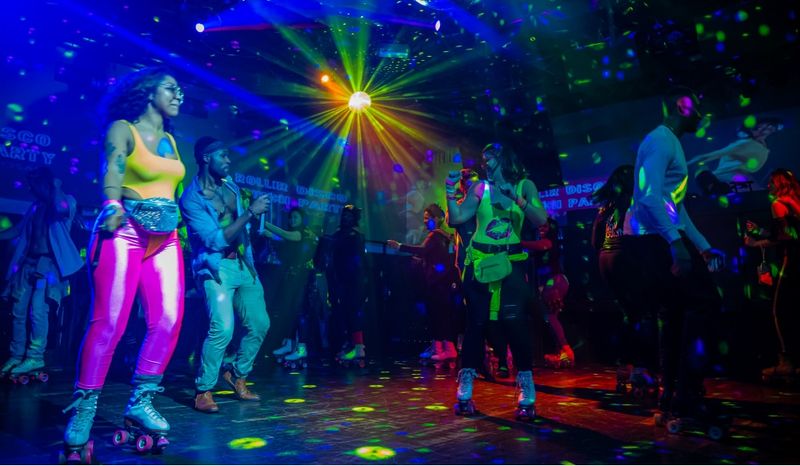
The announcement of “ALL SKATE!” followed by the opening beats of “YMCA” created a unique brand of controlled mayhem that defined the ’80s roller experience. I’d tighten my skates and take a deep breath, knowing the rink was about to transform into a whirling vortex of excited skaters.
All-skate songs were the roller rink equivalent of feeding time at the zoo – suddenly everyone was permitted on the floor simultaneously, regardless of age or skill level. The rink would instantly fill with bodies in motion, from toddlers barely staying upright to teenagers showing off elaborate moves. These moments tested your collision-avoidance skills and spatial awareness like nothing else.
The best all-skate songs had simple choreography everyone knew – “YMCA,” “Macarena,” or “Stayin’ Alive” – creating a rolling flash mob of synchronized arm movements. During these songs, the usual rink hierarchies temporarily dissolved. Beginners and experts, cool kids and outcasts all participated in the same communal experience, creating brief moments of roller rink democracy.
15. The Rink DJ Was Practically Royalty
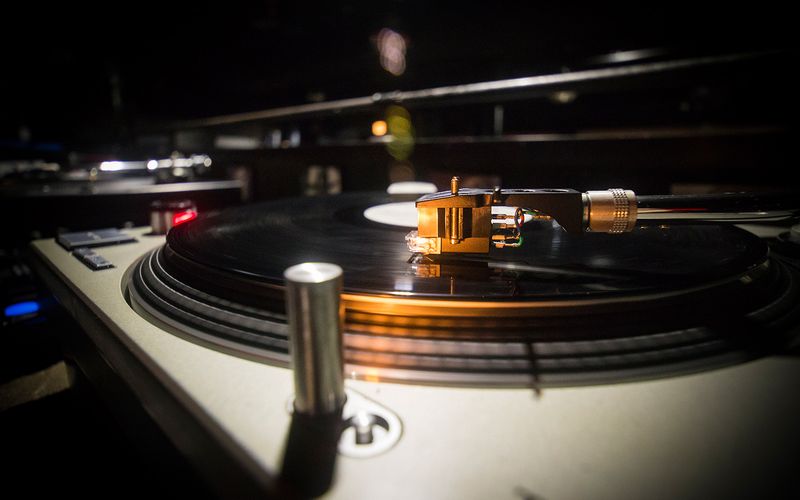
Bobby “Wheels” Johnson wasn’t just our local rink DJ – he was a mystical figure who controlled the emotional trajectory of our entire weekend. Perched in his elevated booth surrounded by turntables and colored lights, he wielded more influence over our social lives than any teacher, parent, or principal.
The DJ determined not just what we heard, but how we felt and who we interacted with. A well-timed slow song could create couples that lasted through an entire school semester. A perfectly dropped beat during a race could determine winners and losers. DJs knew exactly when to play upbeat songs to energize a flagging crowd or when to slow things down for maximum romantic potential.
Veteran skaters understood the importance of cultivating a relationship with this musical gatekeeper. Complimenting their mixing skills or bringing them sodas from the snack bar might earn you a coveted song request or birthday shoutout. Some DJs even developed local celebrity status, with their names appearing on rink promotional materials like mini rock stars.
